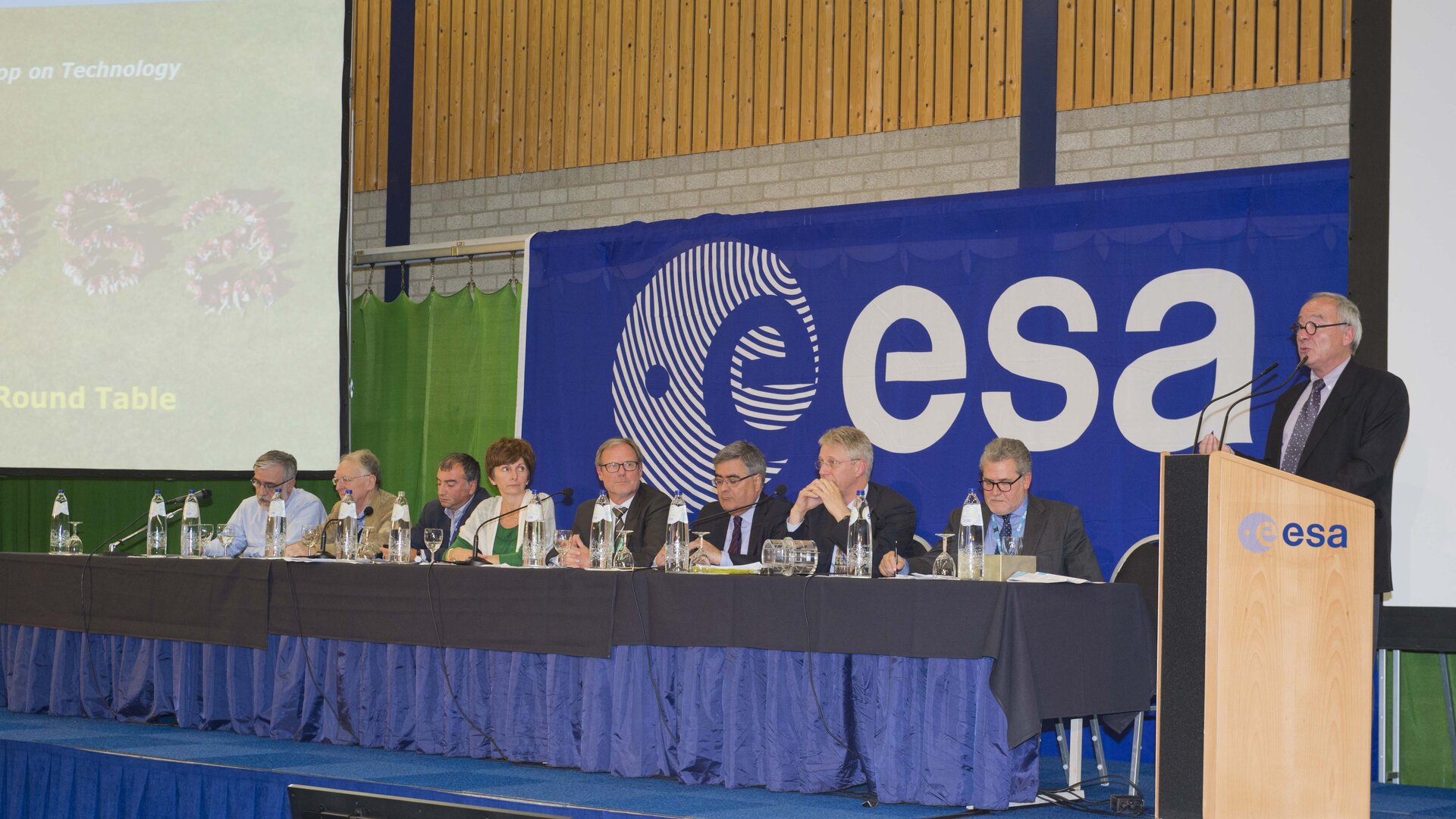Inventing tomorrow: Directors share views of ESA’s technology development
ESA’s Directors and Director General Jean Jacques Dordain gathered at ESA’s technical heart to discuss the past, present and future of technology development at the Agency – the fundamental basis of all future ESA missions and the success of Europe’s space industry in world markets.
This inaugural Technology Workshop took place at ESTEC, in Noordwijk, the Netherlands on 16 September, with the active participation of more than 100 experts from all ESA centres.
The half-day event had as its backdrop an exhibition of the work done by ESTEC’s specialist technical laboratories.
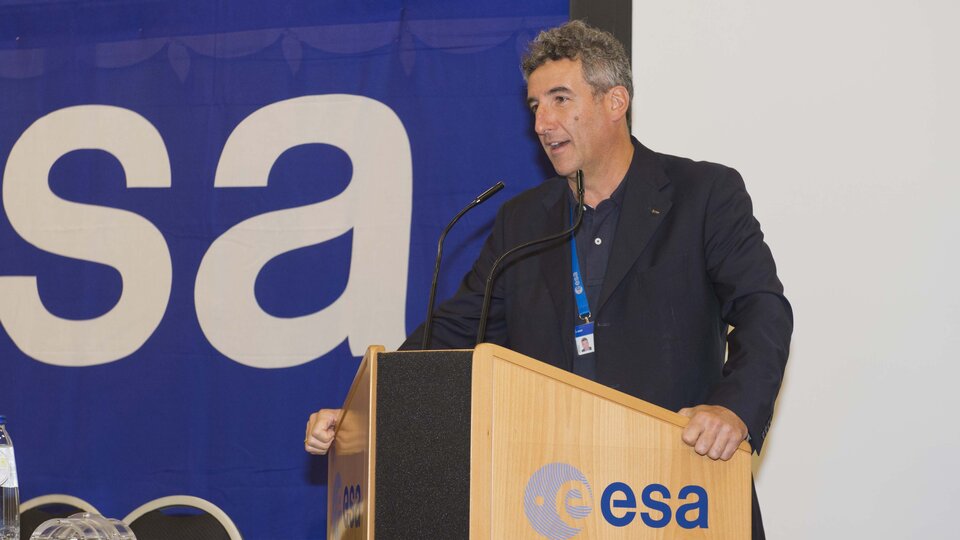
Exhibits on view ranged from a secure capsule for returning samples from Mars by the Mechanical Systems Laboratory to a minirover testbed built by the Automation and Robotics Laboratory, entire families of space chips developed by the Avionics Laboratory to the rapid mission design enabled by the Concurrent Design Facility.
Franco Ongaro, ESA Director of Technical and Quality Management, introduced the Technology Workshop: “As Directors of ESA we should devote one afternoon to look at what we do, with the little more than 10% of the overall budget spent directly on technology research and development.”
10% of the overall budget spent directly on technology research and development
Much of the afternoon was taken up by presentations from the different Directorates outlining their lessons learnt from past experience adopting new technology, and their needs for the future. These were organised according to three main themes:
- Pushing the frontiers of knowledge – space and Earth science, human spaceflight and exploration,
- Supporting an innovative and competitive Europe – launchers, telecommunications and clean space,
- Enabling new and innovative services – meteorology, Copernicus/GMES, navigation and integrated applications.
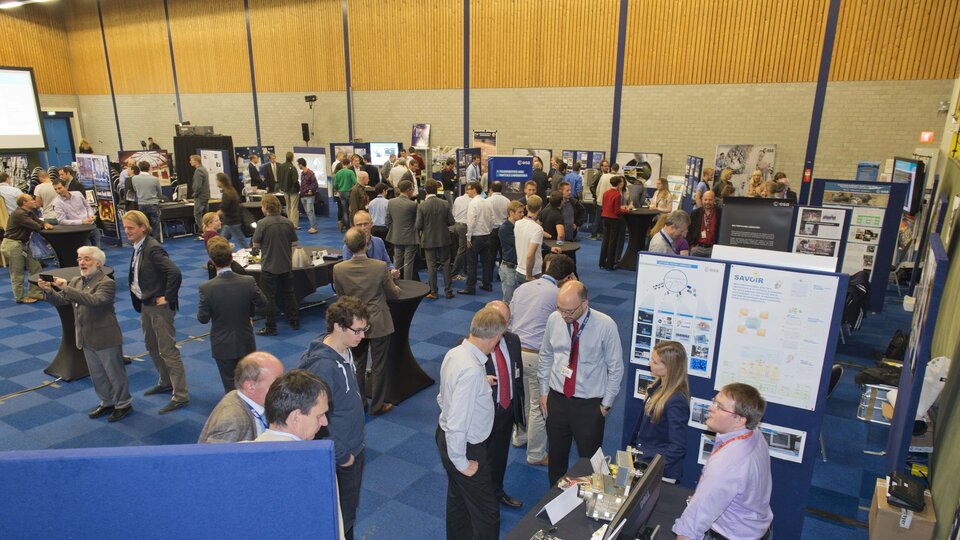
The technologies covered were extremely diverse, but common factors emerged – noticeably the importance of regularly updated ‘technology roadmaps’ as the most efficient basis for R&D planning.
The event was rounded off by a roundtable of Directors, discussing ways to increase the effectiveness of spending on technology at a time of, at best, flat budgets.
“I think that technology is really at the centre of ESA, it is the absolute backbone of the Agency,” commented Eric Morel de Westgaver, ESA Director of Procurement, Financial Operations and Legal Affairs.
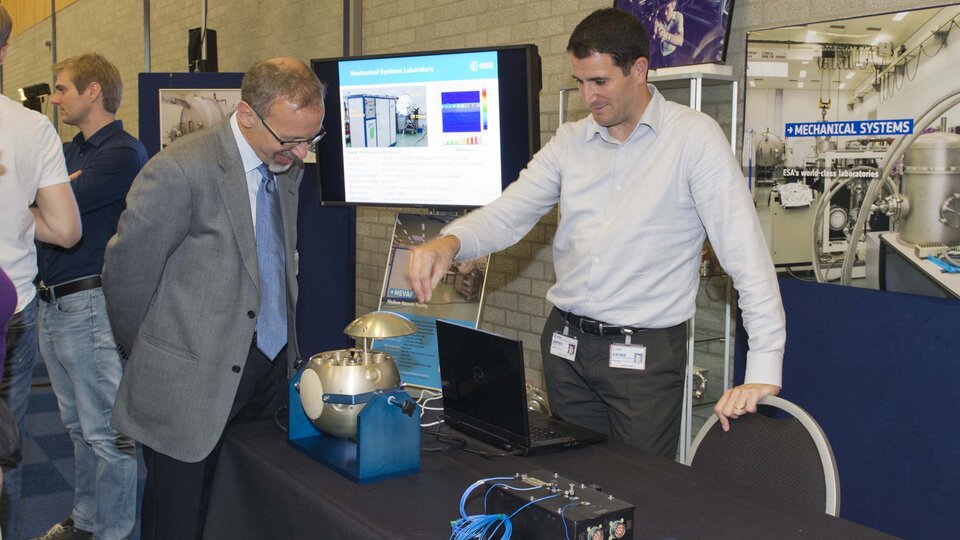
He added that technology is also at the centre of Member States’ interest and support for the Agency –as well as the main source of job creation in the space industry – and that while the Workshop demonstrated the Agency is working well overall, there was always room for improvement.
Alvaro Giménez Cañete, ESA Director of Science and Robotic Exploration, emphasised that “We should not forget world-class science requires world-class technology. By putting top class scientists together with top-class engineers we will go on achieving this in future.”
He added that R&D planning and cooperation with national programmes should be optimised to ensure new technologies are sufficiently mature for straightforward adoption by missions.
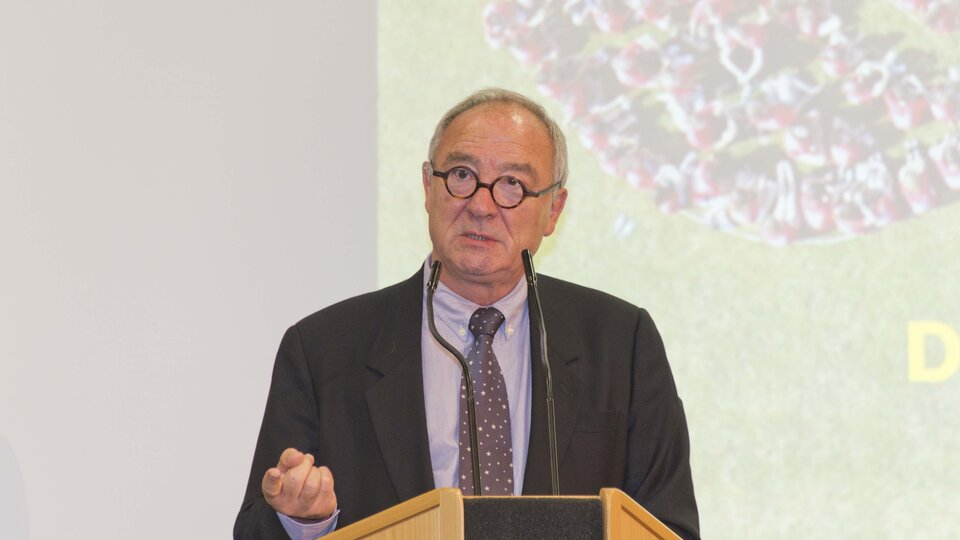
Volker Liebig, ESA Director of Earth Observation Programmes, added that while ESA goes on pushing the edge of the technical envelope it also had to ensure reliability, especially in the case of operational, service-oriented systems like Eumetsat’s weather satellites, Copernicus for global environmental monitoring and the Gaileo satellite navigation system: “One failure has an equivalent impact to ten successes.”
Finding the right balance between risk and innovation requires a degree of focus, concentrating resources on key technologies enabling future missions, rather than ‘nice-to-haves.’
Wrapping up at the end of the afternoon, ESA Director General Jean-Jacques Dordain described himself as feeling very happy with what he had seen: “Technology is the start of all we shall do in the future.”
He added that past R&D investment has led to a long list of innovative missions – from SMOS and GOCE to Planck and Gaia – making ESA the envy of other space agencies around the world.
Looking to the future, “We always have more ideas than our Member States have money, but this is good news, not a problem, provided we can show the impact and demonstrate the economic return on investing in space – that if they invest one euro they will get a return of much more than one euro back, taking into account the use of technology across several ESA missions, the resulting enhancement of European industrial competitiveness and its employment by the European services industry to deliver economic value.”
Technology is the start of all we shall do in the future
The Director General explained that return on investment could be made more efficient still by greater partnerships with Member States and industry, as well as taking maximum advantage of technological advances occurring in the non-space field.
“Developing new technology is risky, and we have to make that understood,” Mr Dordain concluded. “But we have to do that because if it is successful it pays off – it is the only way to have the return I was mentioning.
“And the only way to take risk is to have the best expertise, because managing risk is a question of expertise, and our expertise is with our laboratories and our people – people make the difference.”


